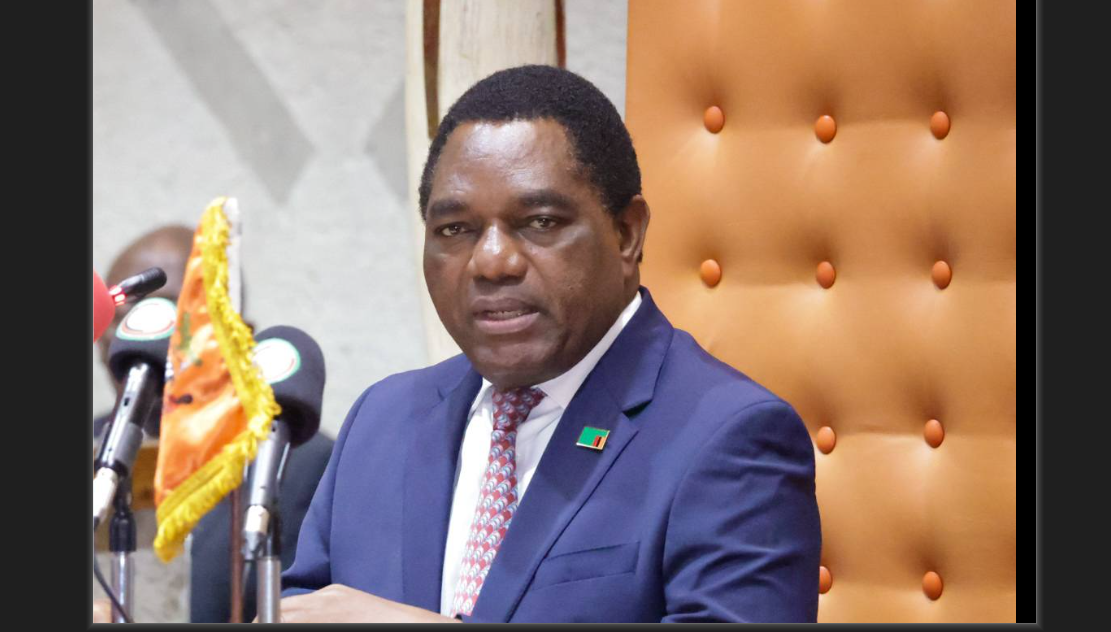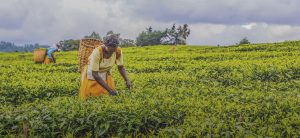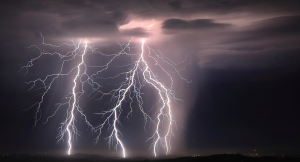Members of Parliament and other stakeholders have welcomed President Hakainde Hichilema’s call for the delimitation of some constituencies to ensure equitable and fair distribution of national resources across the country.
Speaking in an interview with ZANIS, Nalolo Member of Parliament Imanga Wamunyima said that he welcomes the Presidents’ call for delimitation of constituencies because for the last 10 years the Electoral Commission of Zambia(ECZ) has had a document of proposed constituencies to be delimited, adding that delimitation will increase resources to the people due to the multiplier effect.
Mr Wamunyima has since encouraged other members of Parliament to support the President on his call for delimitation as it will also make work easier for the Members of Parliament.
“If we embrace this call and bring it as a constitutional amendment bill to delimitate, we will also be able to speak for the many Zambian people who need these resources to be shared equitably,” added Mr Wamunyima.
He however, advised that there should not be any hindrances in the process of delimitation once it is agreed upon, citing past experiences where non-contentious issues affected the call for delimitation of constituencies.
And Mazabuka Central Law Maker Garry Nkombo who is also Minister of Local Government and Rural Development said delimitation is something that many members of parliaments have been yenning for.
Speaking today in Parliament during his State of the Nation Address on progress made in the application of national values and principles, President Hichilema proposed that some constituencies across the country are overly large and will need to be subdivided by geography and population so as to ensure equitable and fair distribution of resources.
Mr Hichilema also urged the civil society and ordinary citizens to demand effective utilisation of the enhanced Constituency Development Fund (CDF) in constituencies.
“There is no longer any excuse for elected officials to neglect their constituencies as they are not relying on their personal resources anymore. Deliberately failing to utilise CDF should be considered an act of economic sabotage particularly, against the less privileged in the country,” added Mr Hichilema.





